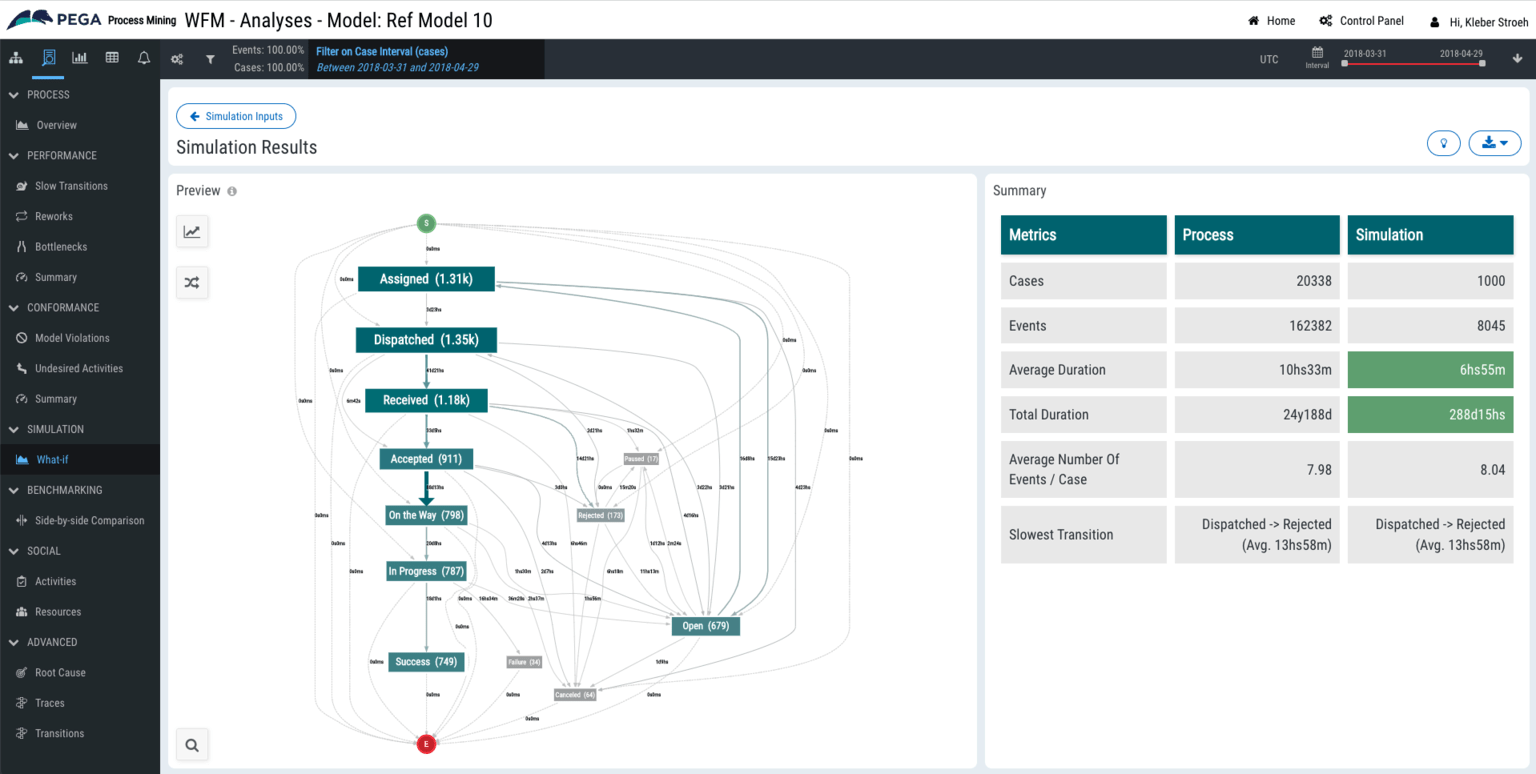One of the first books I read as a child was “Around the World in 80 Days” by Jules Verne. I was mesmerized by the journey of Phileas Fogg and Passepartout and the adventures they experienced. The book unlocked my fascination with travel and different cultures.

Today we can probably get around the world in less than 24 hours. You hop on an airplane with an around-the-world ticket and off you go. But businesses that are trying to take the same type of “world tour” through their organizations aren’t as lucky. Getting a true view and understanding into what’s going on in each and every department of an organization is still a very slow process – a process which has traditionally required on-site visits, lots of meetings, interviews, time studies, and observations.
That does not need to be the case any longer. Process mining tools like Pega Process Mining open up new ways of “traveling through” your organization to understand what's going on – so you can make it around your organization in 80 seconds.
Pega Process Mining provides tools to analyze the performance of your organization and its processes, as well as conformance checking, simulation, benchmarking, and even more advanced techniques, such as root cause analysis and transition analysis. In a way, process mining is like its own adventure: Finding out what’s going on, where the challenges are, where the opportunities lie, what the impact might be, and how the different fixes compare to one another.

Below are a few examples of what you might find, should you choose to take the Pega Process Mining journey:
Slow transitions. These provide insight into the duration of the steps in your processes. When you have an abnormally slow transition, how many events are affected and what is the average duration?

Rework. Looking at areas where there is rework gives you visibility into some of the most common activities that are slowing down the execution of a process due to extra steps.

Bottlenecks. Pega Process Mining can uncover information about where your processes have bottlenecks and, more importantly, what’s causing them.
Simulations. With simulations, you can analyze the impact of potential changes to your processes to see the impact they could have on factors like time, costs, and savings.

Benchmarking. With benchmarking, you can compare your processes based on different criteria, such as time, type, and location. Seeing two processes side-by-side can help you identify patterns, blockers, and opportunities.

So, back to my main point: If you’re looking for an adventure and aren’t able to take a full trip around the world, why not take a jaunt through your organization? With Pega Process Mining, you can get a real-time tour of the inner workings of your business – perhaps not in 80 seconds, but much more quickly than ever before. In fact, the insurance claim we analyzed in the images above took me no time at all. I have to admit, I feel a little like Phileas Fogg, albeit in the 21st century.

